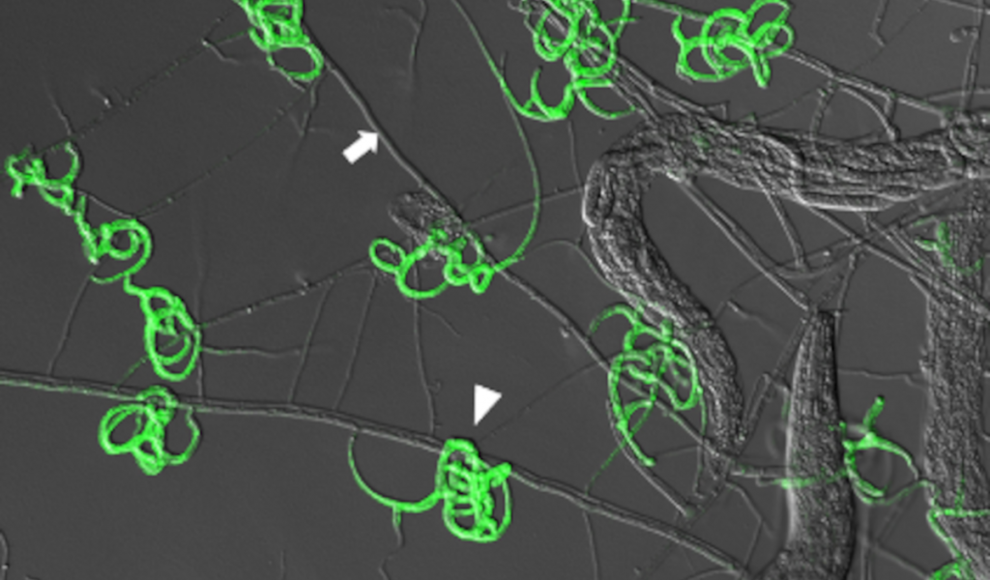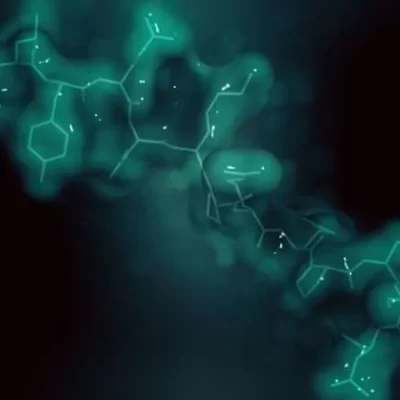The fungus Arthrobotrys oligospora, found in Asia, Africa, America, and Australia, typically feeds on decaying organic matter. However, when faced with a nutrient deficiency, it can lure in and consume nematode worms (Caenorhabditis elegans) using its sticky hyphae. Researchers from the National Academy of Sciences in Taiwan have published a study in PLOS Biology detailing the molecular processes involved in the digestion of these worms. They found that the fungus detects and eats the worms by exploiting their communication signals, releasing substances that mimic their sexual pheromones to attract them. The fungus then increases its protein production and cell division to construct more effective traps.
The researchers also discovered that the fungus has an unusually high number of genes responsible for producing the sticky proteins used in its traps, which they believe is an evolutionary adaptation to its hunting strategy. After capturing the worms, the fungus produces hyphae that penetrate the worms and releases digestive enzymes to break them down. It also releases molecules that likely inhibit the worms’ immune systems, making it easier for the fungus to enter and consume them.
This study sheds light on the complex and fascinating mechanisms used by Arthrobotrys oligospora to survive in nutrient-poor environments. It also highlights the importance of understanding the interactions between different organisms in ecosystems, as well as the potential for studying these interactions to inform biotechnology and medicine.










